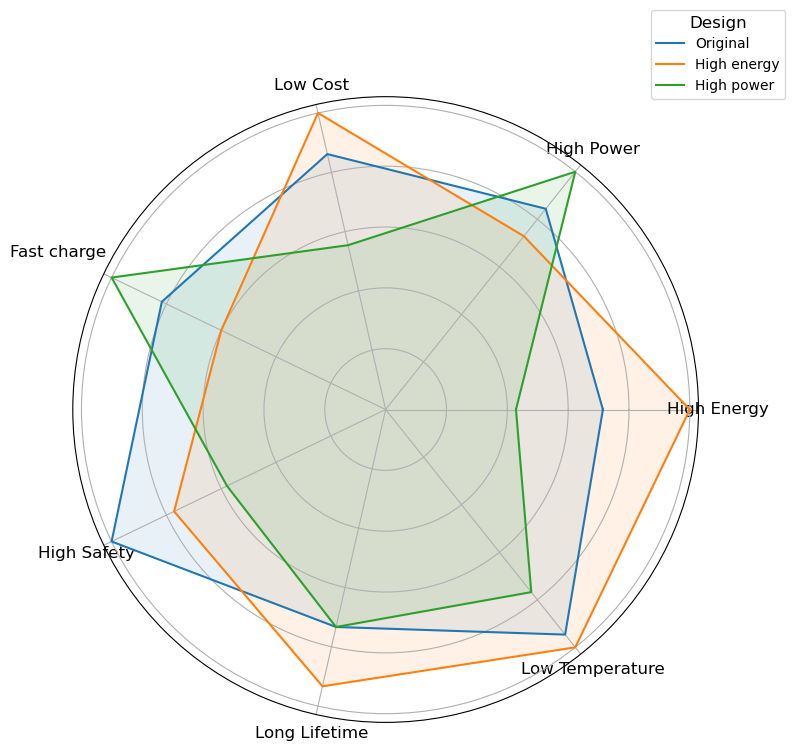Not quite that bad, we already have over half that charging rate for some cars with leads easily handled. This is from just one of the companies involved, Gridserve:
"That takes total High Power charger installations for the year to 118, which means we now operate 141 High Power 350kW- capable chargers at 15 locations, including our Electric Forecourts® in Norwich and Braintree – where we also have dozens of 90kW DC".
No need for a power station either, there are some techniques getting round that need.
.
"That takes total High Power charger installations for the year to 118, which means we now operate 141 High Power 350kW- capable chargers at 15 locations, including our Electric Forecourts® in Norwich and Braintree – where we also have dozens of 90kW DC".
No need for a power station either, there are some techniques getting round that need.
- 1 Lucid Air - 350 kW, 15 minutes. ...
- 2 Kia EV6/ Hyundai Ioniq 5 - 350kW, 18 minutes. ...
- 3 Hyundai Ioniq 6 - 350 kW, 18 minutes. ...
- 4 Genesis Electrified GV70, Genesis GV60 - 350kW, 18 minutes. ...
- 5 Audi E-Tron GT - 270kW, 21 minutes. ...
- 6 Genesis Electrified G80 - 350kW, 22 minutes.
.
Last edited:











